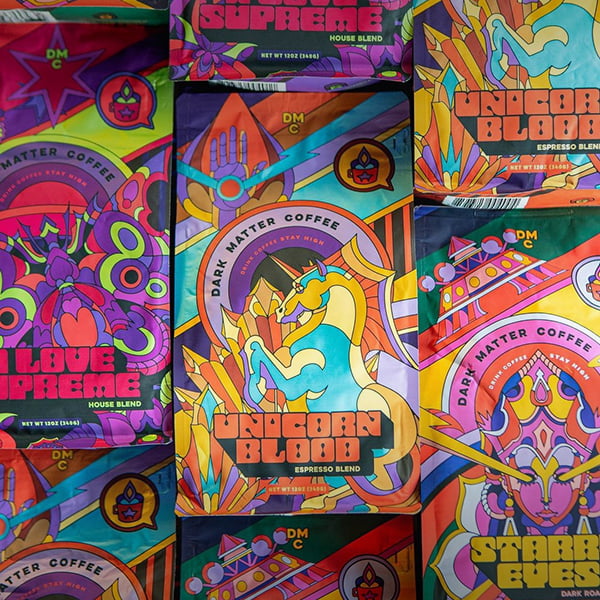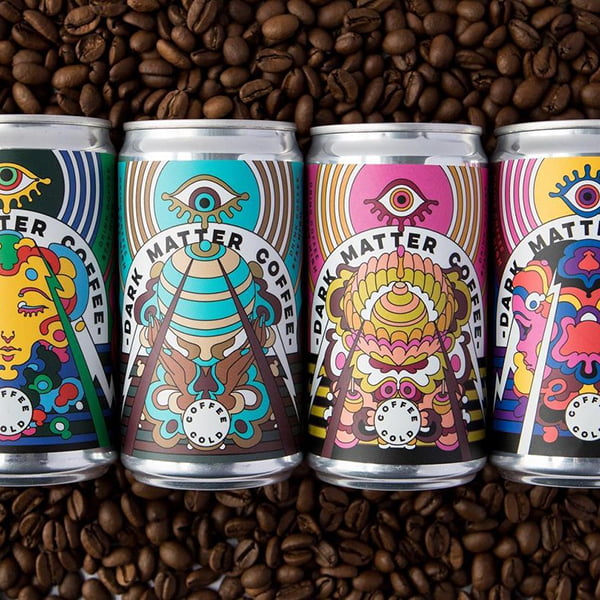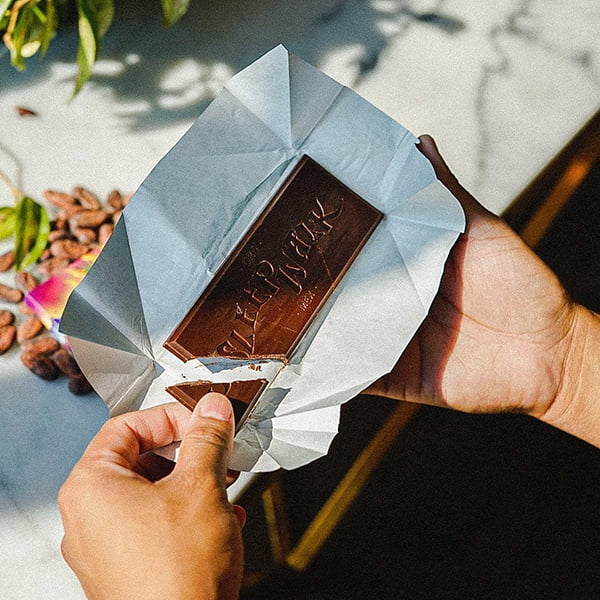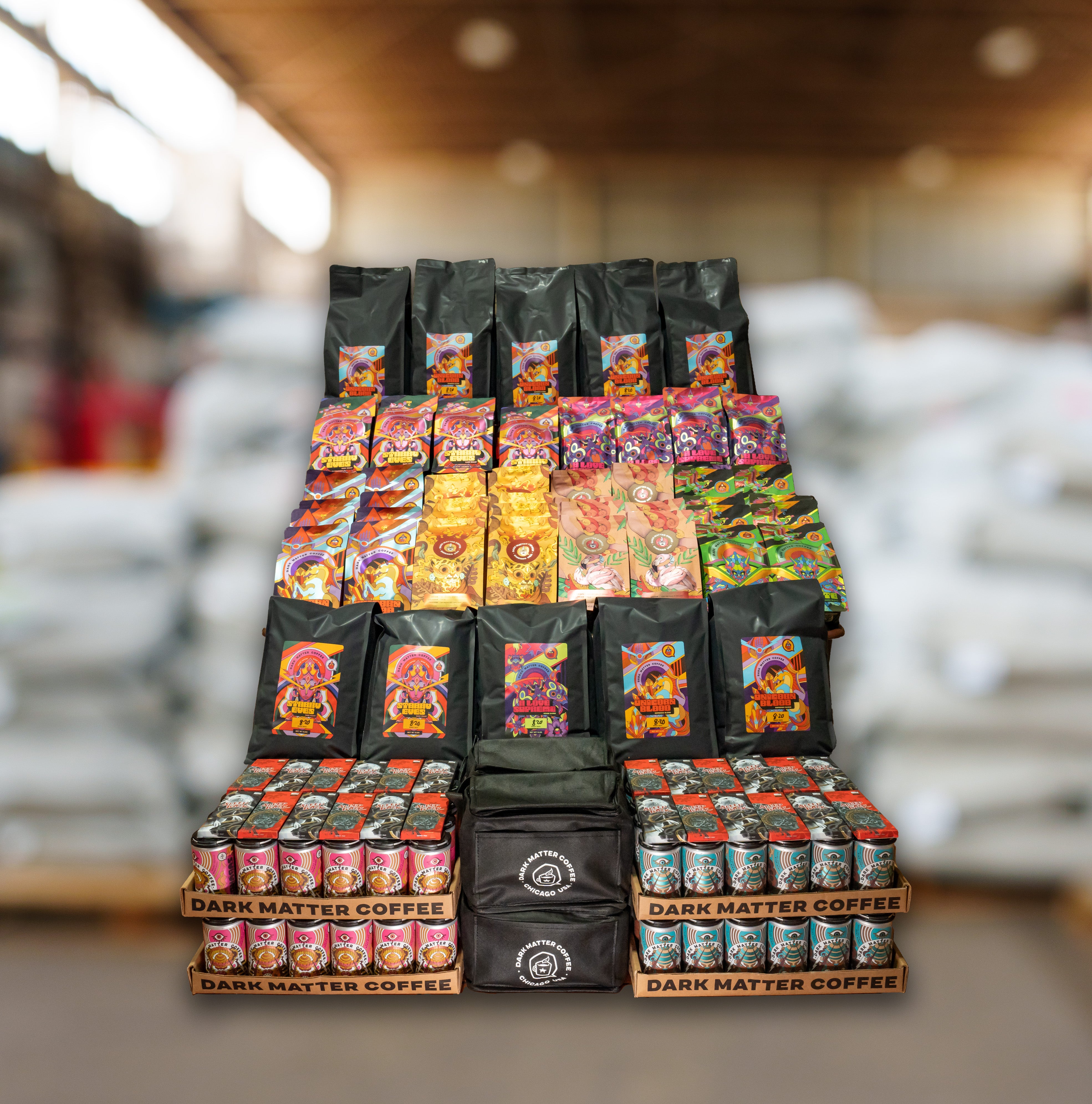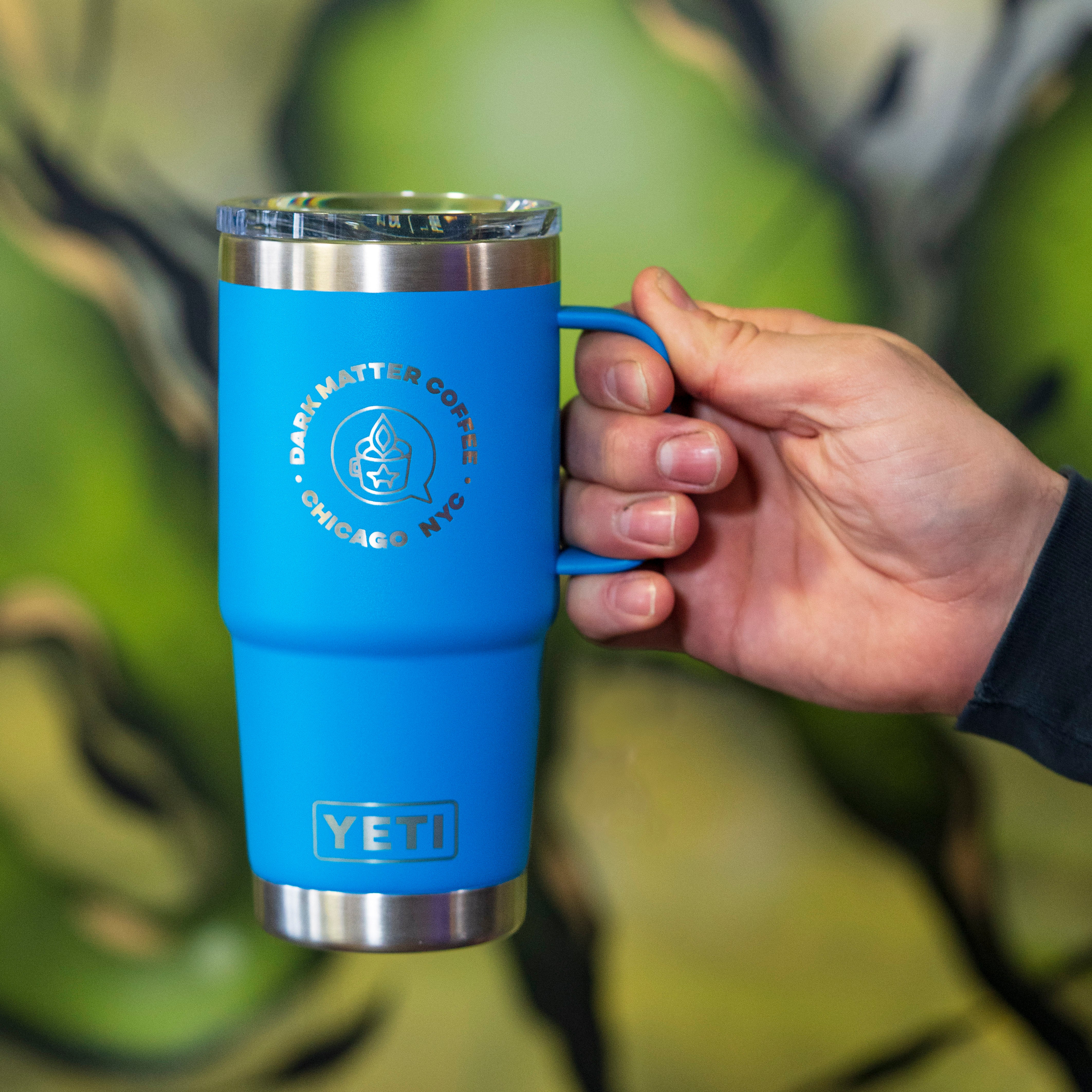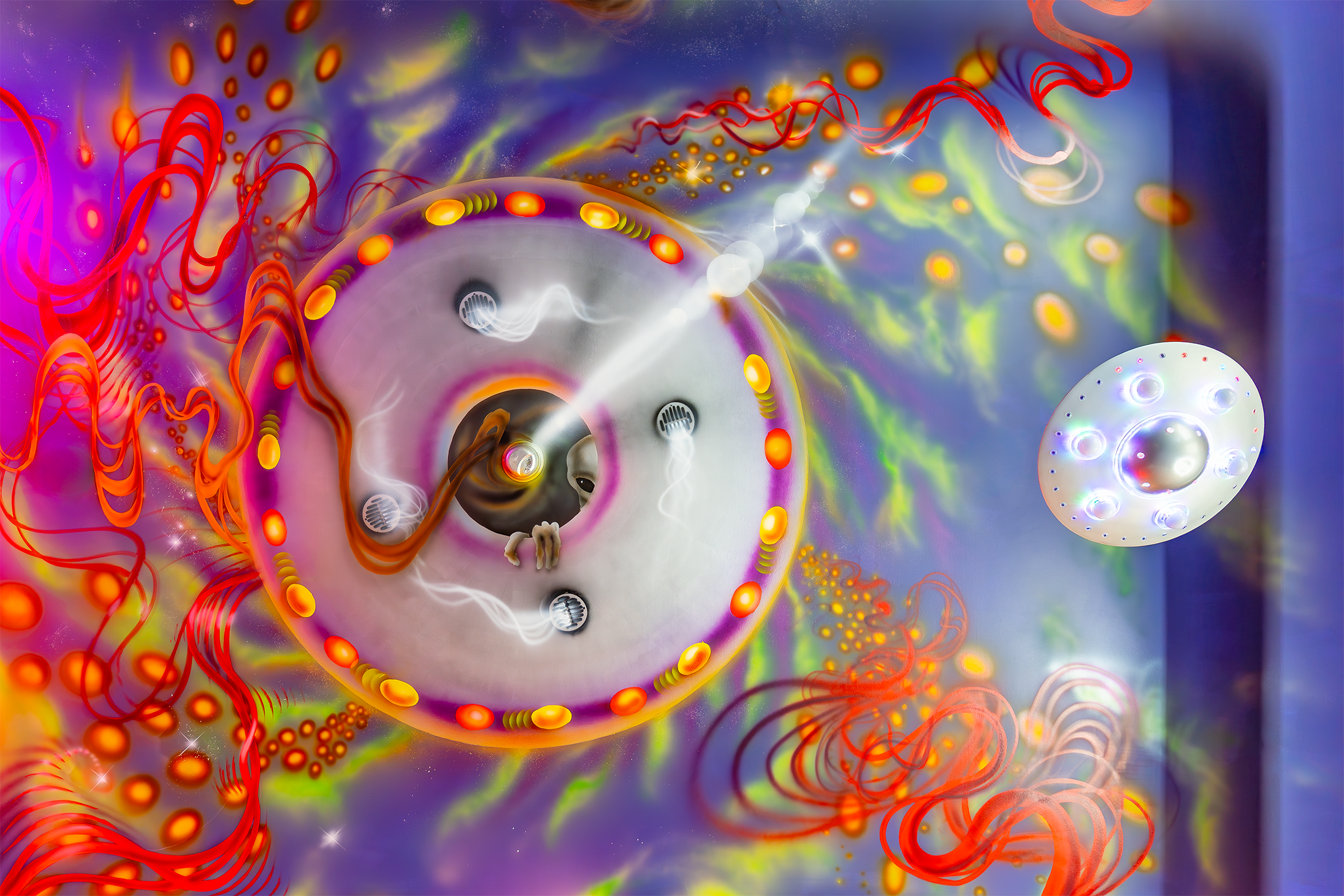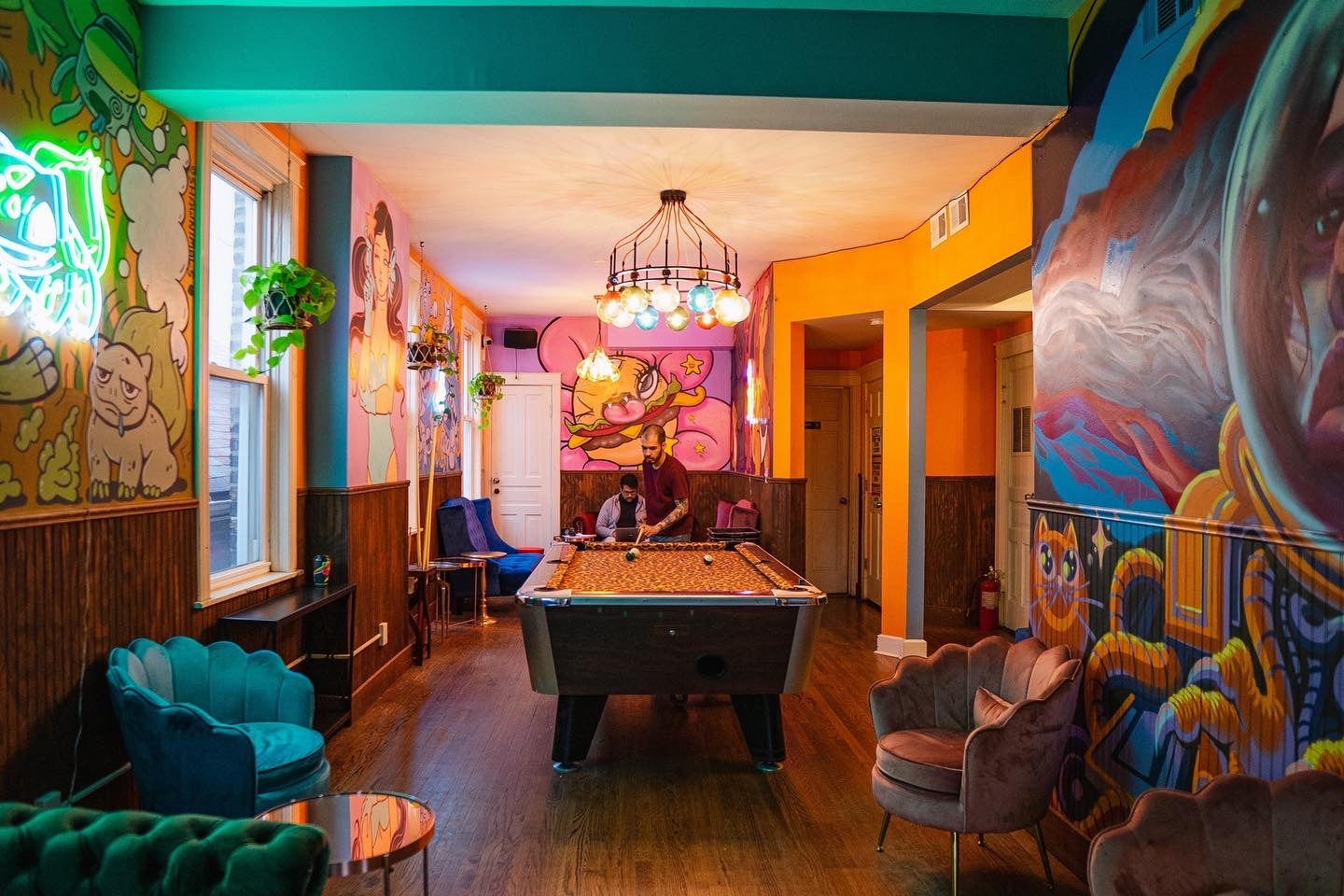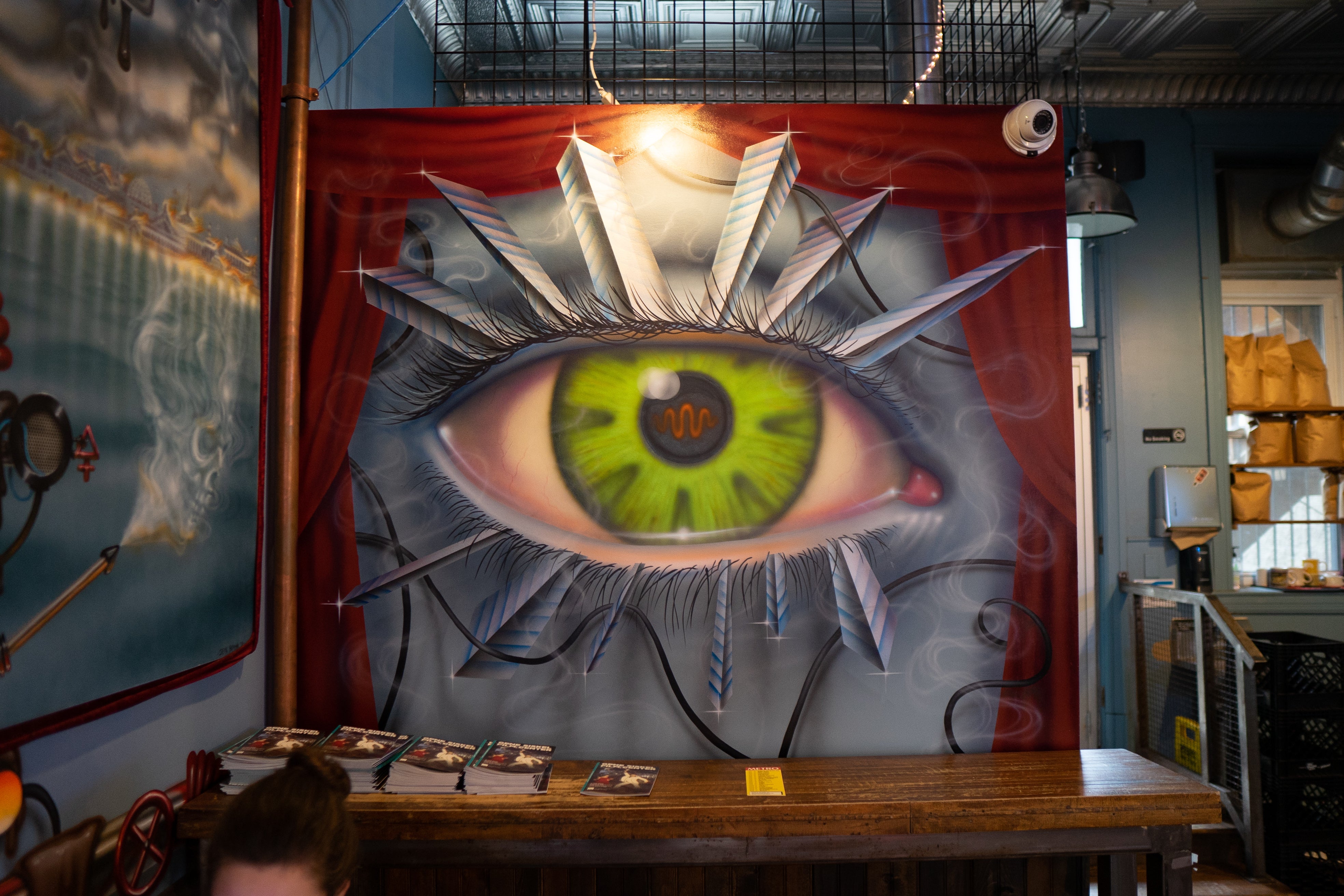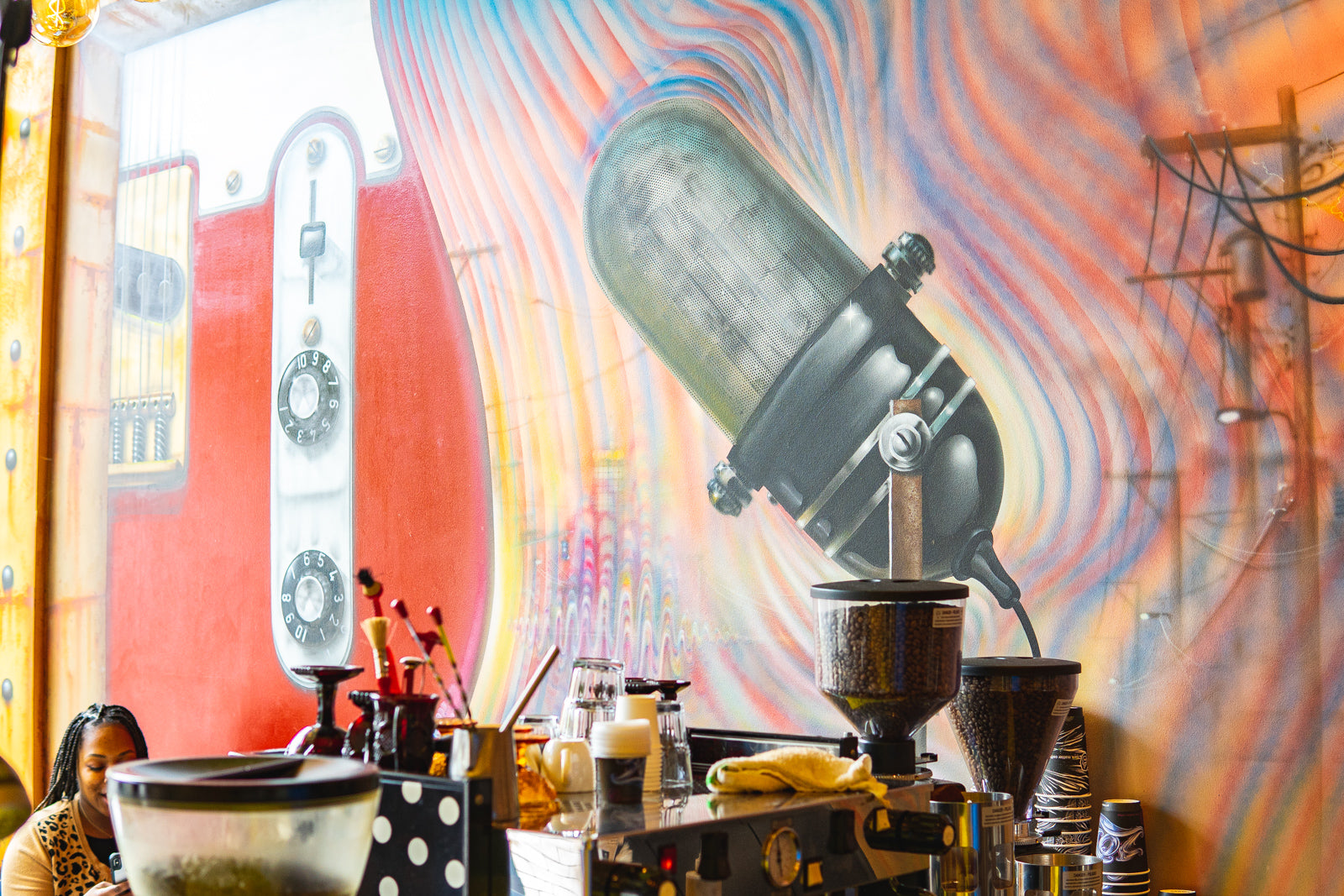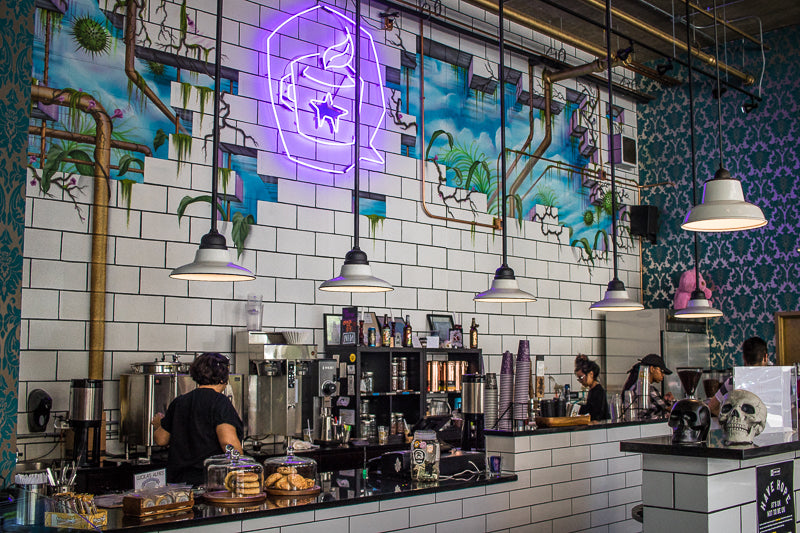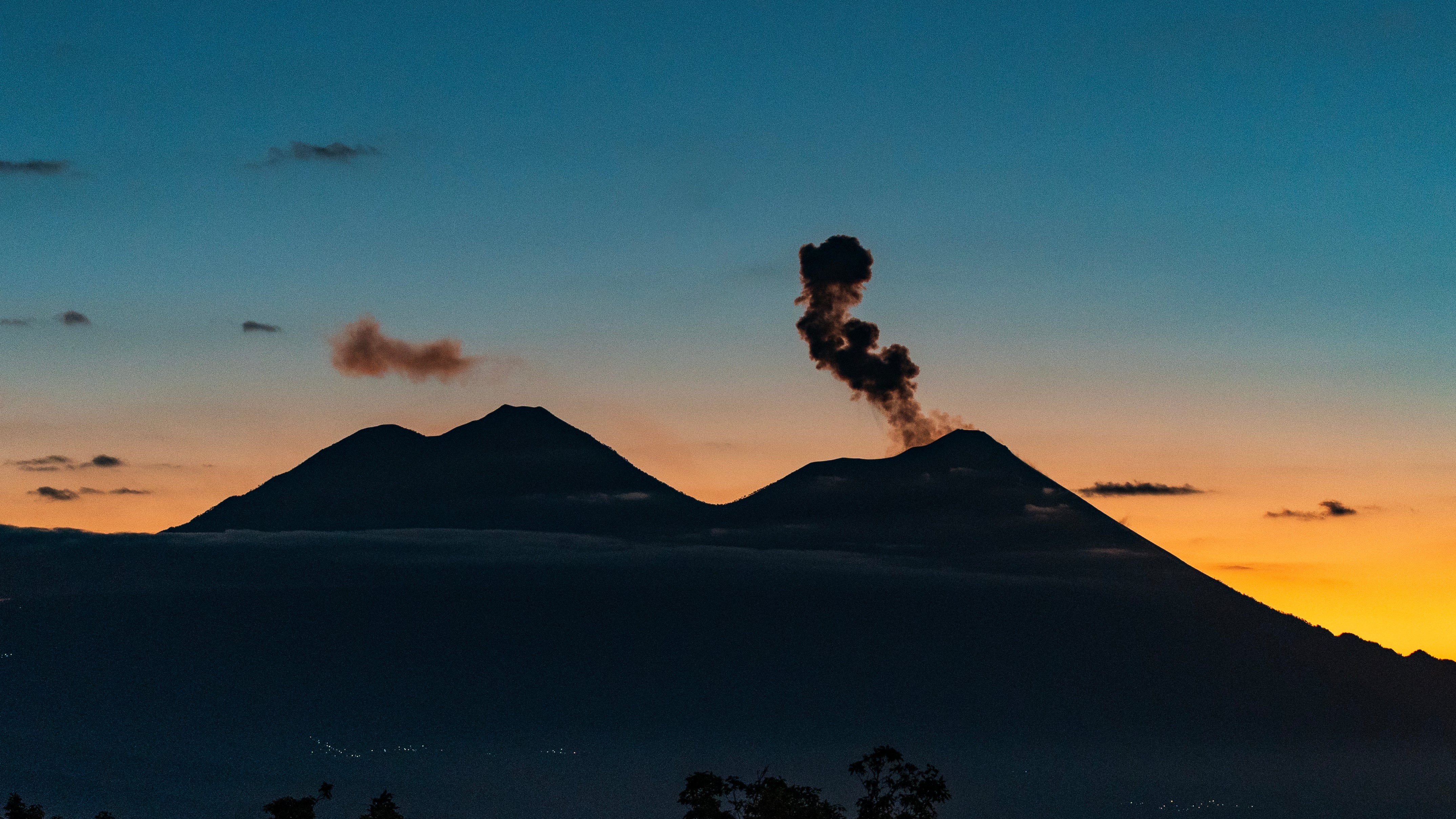These coffees represent our continued development with fermentation, specifically, a species of yeast called Saccharomyces cerevisiae. Saccharomyces is primarily needed to produce beer, wine and bread making it one of the most important species in the animal kingdom for humankind. These elemental contributions to us have made this Saccharomyces one of the most studied and cultivated organisms in the world.
Yeast, which is a type of fungi, is a single cell organism we need for coffee to be processed. To be clear, coffee fermentation doesn't need Saccharomyces as there is a whole universe of other yeasts out there for fermentation. Fermentation tanks usually consist of a soup of microbes that also feed on coffee sugars and are almost always open air, and made of cement. Beer, wine and bread need the byproducts of yeast for them to be successful and gain complexity and flavor, while coffee does not. At the very least, coffee needs microbes to break down the sugary gelatinous layer of pectin surrounding a coffee bean to be dried properly. We've purposefully inoculate coffee fermentation tanks with Saccharomyces so we can hopefully layer the esters and acids it produces into the coffee.
When propagated, yeast will live the most amazingly simple life on the planet - it eats, it mates and sleeps in abundance, and if it's happy, that's all these critters will do their entire life. All yeast strains have slightly different preferences to be happy but overall they need:
-Sugar
-Water with regulated temperature and pH
-Additional yeast to reproduce with
Specific wine yeasts have been much more adaptable to the conditions of fermentation tanks in Central America. I'm generalizing here, but beer yeasts, for the most part, tend to be fussier to temperatures, sugar and environment. Experimentation with Premier Cuvee, a yeast most commonly used in Champagne and sparkling wine, is not unheard of for coffee certain processing in Central America. Premier Cuvee is ideal because it is able to thrive quickly and relatively easy within the environment of a coffee fermentation tank. There tends be flavors associated with pears, apples and other fruits high in malic acid production when brewed as a cup.
Pasteur red wine yeast is named after the grand daddy of fermentation Louis Pasteur a chemist and microbiologist who famously invented the technique of pasteurization. This yeast in wine will produce more exaggerated, full-bodied character - zinfandel winemakers commonly use it because of its fruitiness. Not as tolerant as Premier Cuvee but still handles nicely in a fermentation tank.
These experiments were all conducted at Finca San Jeronimo Miramar, our allies in coffee nerdism. They've allowed us to dive into these alternative styles of fermentation and couldn't be more thankful to work with these guys.
If you need a little more help with understanding fermentation, read our previous blog post that helps to explain some of the fermentation and drying processes that are used.

Country: Guatemala
Farm: Finca San Jeronimo
Cultivar: Caturra, Catuai
Process: Washed, fermented in Pasteur Red Wine Yeast
Taste: Sweet Cherry, Gala Apple, Hazelnut

Country: Guatemala
Farm: Finca San Jeronimo
Cultivar: Caturra, Catuai
Process: Washed, Fermented in Cuvee Yeast
Taste: Cantaloupe, Meyer Lemon, Marmalade

